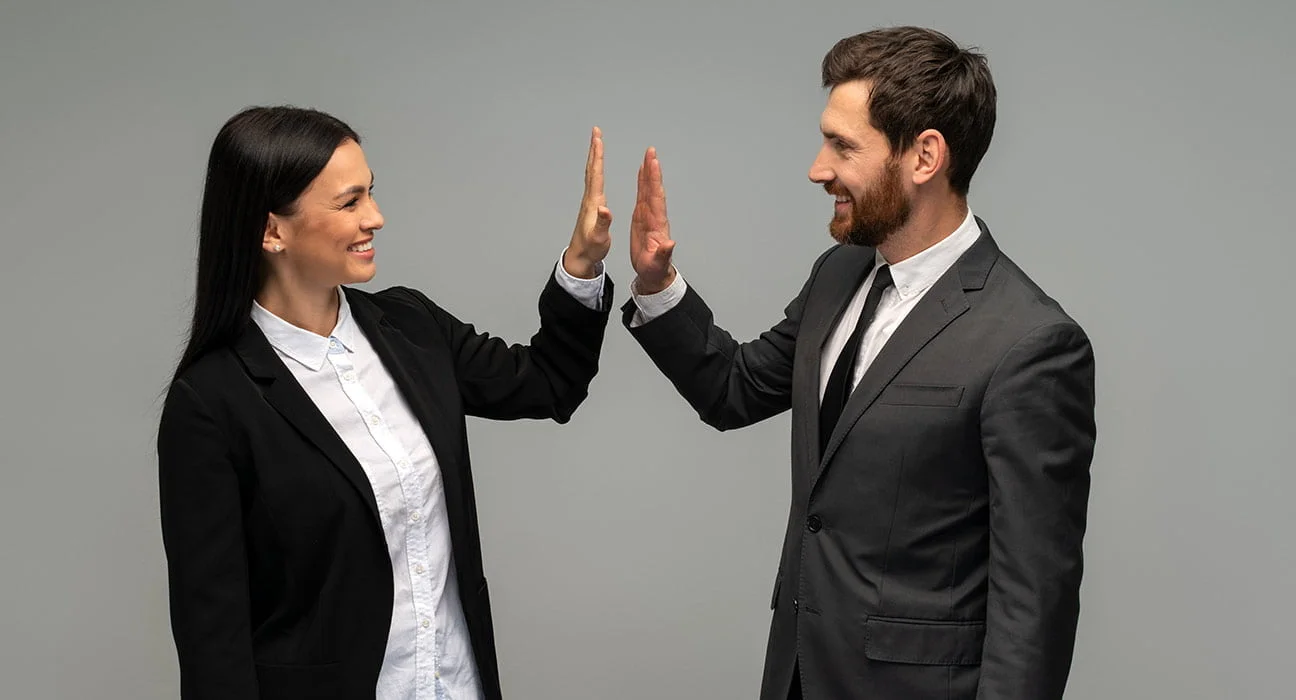Body Language
- Description
- Curriculum
- Reviews

Essentiality
93% of communication isn’t spoken. (7% words, 38% voice, 55 body
language)
Universality
Body language is universal. Aside from some cultural aspects, body
language applies to everyone regardless of age, sex,
nationality, ethnic background, personality type, etc.
Utility
Body language can be used at home with your parents, children,
siblings, and family. It applies at work with colleagues, bosses,
employees, and customers. It can also be used when dating,
socializing with friends, dealing with neighbors, having regular
conversations at the store, and so much more.
Envelop metaphor
Every letter has multiple pages (page 1: words, page 2: body
language, etc). Always read the full message and not just part of it.
The yellow car
Think of a yellow car driving straight and suddenly swerves left.
What happened here? Is it normal or did something cause that
Body language 101 12
turn? Something internal? The driver’s movement influences the
car’s external apparent random movement. The inside influences
what happens on the outside.
Biology
There’s more to body language than just signs and gestures. When
people feel emotions, things internally begin to change from body
temperature, blood, etc… Take anger, for instance, blood rushes to
the upper body particularly the hands so you can fight e.g
(clenched fist). In fear, blood leaves the hands and rushes to the
legs so you can run (cold hands). Therefore we can now start to un-
derstand how body language works and where these gestures come from.
Expansion v Contraction
When we feel happy and excited we take more space, when we
feel confident we expand. However when we feel negative
emotions such as fear or sadness we take less space (towards
the fetal position).
Communication channels
We have 4 communication channels:
1. Words
2. Body language
3. Voice
4. Face

